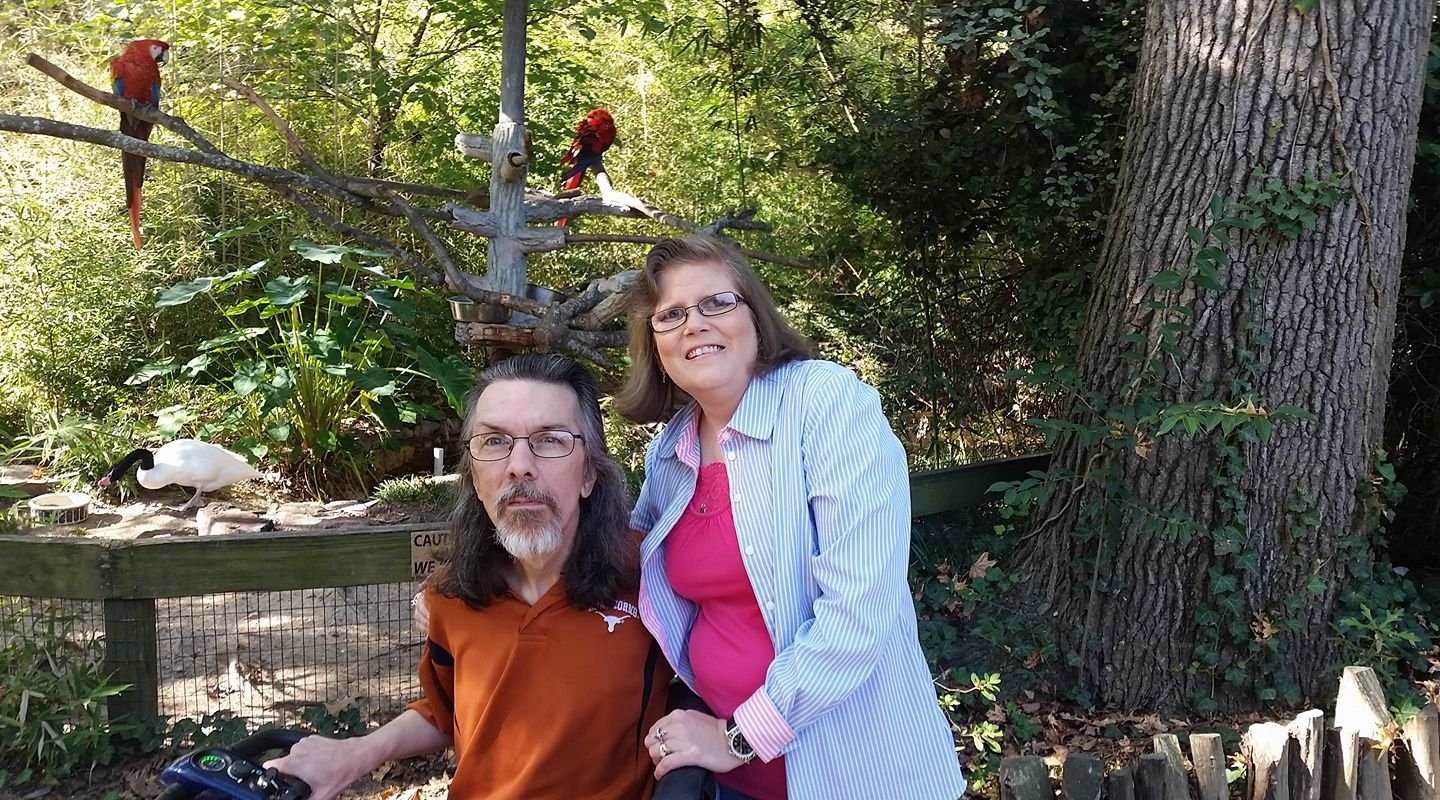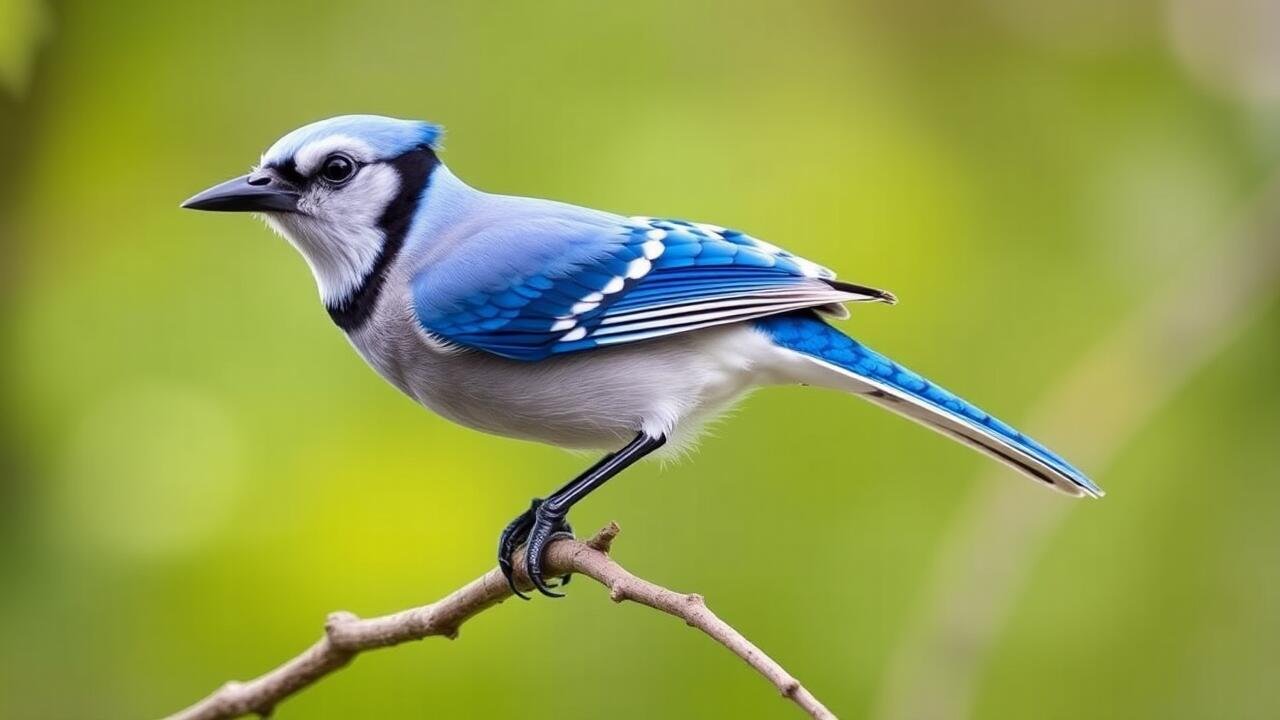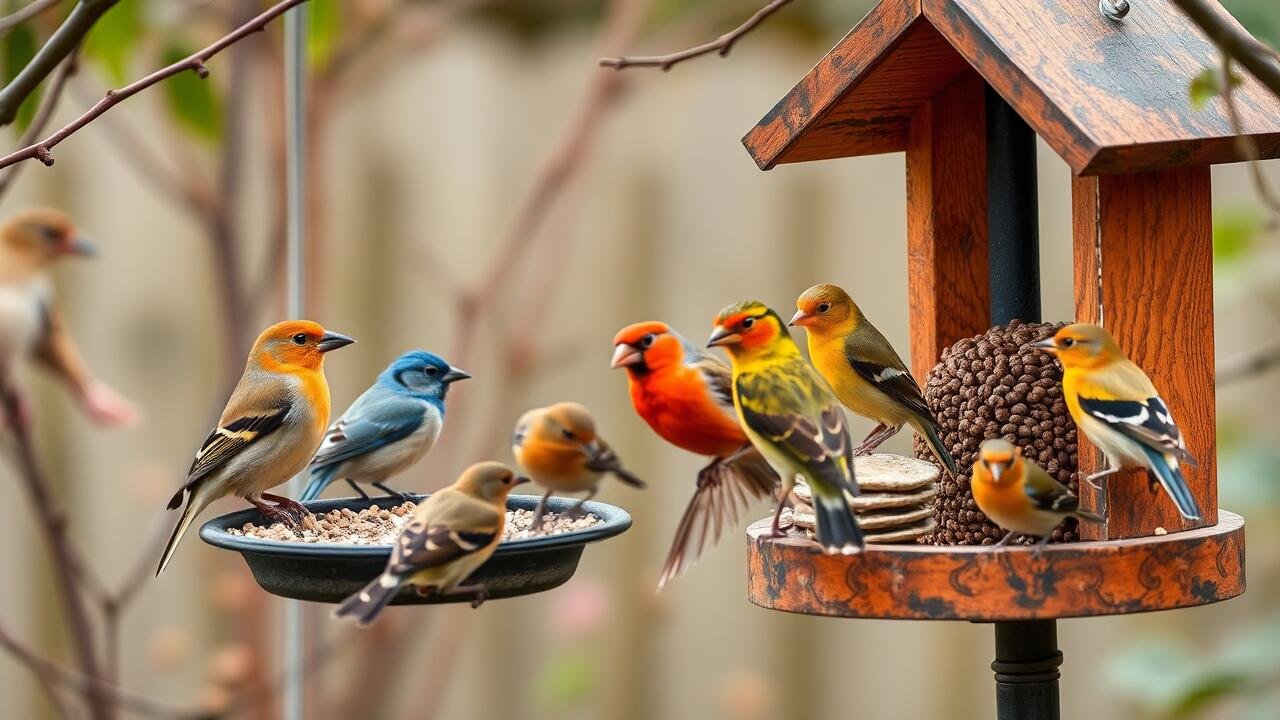Table Of Contents
How to make a bird paradise? – Building Birdhouses
Creating a welcoming environment for birds begins with the right birdhouse. When constructing a birdhouse, choose materials that are safe and durable, such as untreated wood. The design should include proper drainage holes and ventilation to ensure the interior remains dry and comfortable. Pay attention to the entrance hole size, as different species require varying measurements to prevent larger birds from invading and taking over the nesting space. A well-designed birdhouse can provide a cozy haven for feathered friends.
Location plays a crucial role in the success of a birdhouse. Positioning it correctly can make all the difference in attracting occupants. Ideally, birdhouses should be placed at varied heights and orientations, depending on the species you wish to attract. Avoid placing them directly in direct sunlight for prolonged periods, as excessive heat can deter birds from nesting. Regularly inspecting and maintaining the birdhouses will encourage their use and provide a safe and inviting space for birds to thrive.
Continue reading this article for more information.
Designs for Different Bird Species
Creating birdhouses requires awareness of the specific needs of various bird species. Bluebirds prefer houses with an open entrance and a depth of about six inches. Wrens, on the other hand, thrive in smaller, more enclosed spaces with narrower openings. Adjusting the size and shape of the entrance can cater to different birds. For instance, chickadees enjoy boxes with 1 1/8-inch openings, while flickers need larger dimensions to accommodate their larger beaks.
Material choice also plays a crucial role in the design. Cedar and wood composites are popular due to their durability and natural insulation properties. Adding proper ventilation holes near the roof is essential for temperature regulation. Elevating the house on poles can further reduce the risk of predators. A well-designed birdhouse not only attracts the intended feathered friends but also provides a safe environment for nesting and raising young.
Attracting a Variety of Birds
Creating an inviting environment can significantly increase the diversity of birds visiting your garden. Planting native flora is one of the most effective strategies. These plants provide natural food sources and shelter, which can make your space more appealing to local species. Incorporate a mix of trees, shrubs, and flowering plants to cater to various bird preferences. Natural habitats attract more bird types, as each species has its unique requirements for nesting and foraging.
In addition to planting, providing feeders with a range of bird seed can draw different species to your yard. Offering a variety of food options, such as sunflower seeds, suet, and nectar, will ensure that you attract both seed-eating and nectar-feeding birds. Changing the position of the feeders can also encourage exploration. Adding water sources, like bird baths or small ponds, further enhances your garden’s allure, enticing birds for drinking and bathing.
Techniques to Draw Different Species
Creating an inviting environment can attract various bird species to your backyard. One effective method is to provide diverse feeders tailored to the preferences of different birds. For instance, tube feeders work well for finches and canaries, while platforms can accommodate larger birds like doves and jays. Additionally, incorporating suet feeders can entice woodpeckers and nuthatches. Offer a mix of seeds, including sunflower, safflower, and nyjer, to appeal to a broader range of avian visitors.
Water sources are also crucial in drawing various birds. A simple birdbath can serve as a focal point for many species, especially during warmer months when their hydration needs increase. Adding a fountain or dripper can create movement in the water, which often attracts birds like warblers and sparrows. Surround these features with native plants that produce berries or seeds, as this provides natural food sources and cover for birds seeking refuge.
Ensuring Safety for Birds
Creating a safe environment is essential for any bird paradise. Consider the positioning of birdhouses, feeders, and baths, placing them away from potential predators such as cats and hawks. Use natural materials when constructing birdhouses, ensuring there are no sharp edges or toxic substances that might harm the birds. Regular inspections can help identify wear and tear, allowing for timely repairs or replacements that ensure the safety of your feathered friends.
Pesticides and chemicals pose a significant risk to birds and their food sources. Opt for organic gardening practices that minimize harm to the ecosystem. When incorporating water features, ensure they are shallow enough for birds to bathe without risks of drowning. Additionally, keep the area free from litter and other hazards that could injure birds. By implementing these precautions, you enhance the safety and wellbeing of the birds that visit your paradise.
Avoiding Hazards in the Paradise
Creating a safe environment for birds requires careful consideration of their surroundings. Removing harmful chemicals from your garden is essential. Pesticides and herbicides can have detrimental effects on birds and their food sources. Utilize natural alternatives for pest control. Additionally, ensure that any materials used for birdhouses or feeders are non-toxic and safe. Regularly inspect these structures to avoid sharp edges or loose nails that may harm visiting birds.
Predators pose another significant risk to birds in your paradise. Consider placing bird feeders and houses at a safe distance from areas where cats or other predator animals can easily access them. Using baffles on poles can deter climbing predators. Planting dense shrubs and trees provides birds with ample hiding spots, making it difficult for predators to reach them. Always prioritize the natural behaviors of birds by creating an environment where they can feel secure and thrive.
Please be sure to check out The Complete Guide to Wild and Pet Bird Care: Tips, Products, and Resources
FAQS
What materials are best for building birdhouses?
The best materials for building birdhouses include untreated wood, cedar, or plywood, as they provide insulation and durability. Avoid using pressure-treated wood or toxic finishes.
How can I attract hummingbirds to my garden?
To attract hummingbirds, consider using hummingbird feeders filled with a sugar-water solution (one part sugar to four parts water) and planting nectar-rich flowers such as bee balm, salvia, and zinnias.
What are some common hazards to avoid when creating a bird paradise?
Common hazards to avoid include using toxic chemicals in your garden, leaving sharp objects exposed, and ensuring that birdhouses are securely mounted to prevent them from falling.
How can I tell if the birdhouse is suitable for specific bird species?
To determine if a birdhouse is suitable for specific species, check the dimensions of the entrance hole, the interior space, and the materials used. Each species has particular requirements for nesting.
Is it necessary to clean birdhouses regularly?
Yes, it is necessary to clean birdhouses regularly, especially after the nesting season. This helps prevent the spread of diseases and parasites among bird populations.
Related Links
Creating a Year-Round Bird Haven: Seasonal Tips for Attracting Birds
What attracts birds the most?
How to create a bird sanctuary?
What time of year are birds most active at feeders?

My name is Shane Warren, the author behind Chirping Birds Hub – your ultimate guide to the wonderful world of birds! Unleash your inner avian explorer as we delve into a vibrant library of knowledge dedicated to all things feathered. From learning about diverse bird species from across the globe to understanding their captivating habitats and behaviors, I’m here to fuel your passion for these magnificent creatures. Not only that, but I also provide valuable insights on being a responsible and informed pet bird owner. Join our vibrant community and let’s celebrate the feathered wonders of the world together – one chirp at a time.


